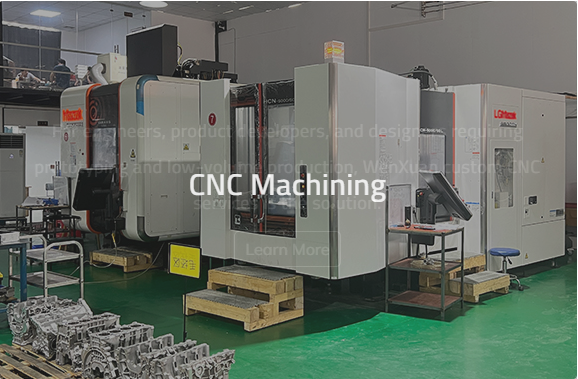Taking the example of this critical process in the aerospace industry, the manufacture of aerospace casting parts needs to be both precise in its dimensions as well as strongest in terms of the body structure. These parts are produced using advanced technologies and top-quality materials that are required to satisfy demanding industry norms and work in challenge conditions.
High Performance Materials Selection
The selection of the right material is the very first important part of the manufacturing of aerospace casting parts. Due to their combined strength-to-weight ratios, resistance to corrosion, and ability to work well at high temperatures, materials such as Titanium, Inconel, aluminum and magnesium alloys are frequently used. For instance, titanium alloys are often used for critical structural components due to their high tensile strength (1000 to 1400 MPa) and tolerance up to 600 degrees Celsius.
Investment Casting Process
Investment casting is the most common process for manufacturing intricate, high-quality aerospace pieces. The process of producing these parts begins with the generation of the wax model, which is just the same as the last portion you require. Ceramic molding – model is covered with a ceramic to shape mold. With the applied ceramic is dried, the wax melts out, leaving an outside the house when molten metal is poured into the interior. When the metal cools, the ceramic shell is shattered, and the part released. This permits the close dimensions and intricate geometries necessary for aviation purposes, usually yielding a dimension accuracy within ±0.15 % of the desired dimension.

Manufacturing Weighing Systems; Precision Machining and Finishing
Once cast, aerospace components often require precision machining operations for tighter tolerances and to achieve a fine surface finish. Precision machining means tight tolerances and precision surface finish on surfaces crucial to an application where even the smallest change can result in disastrous consequences. From the correct surface finishes on turbine blades to 0.8 microns for optimal performance and lifespan
Improved Properties by Post Processing Heat Treatment
Heat treatment is an essential production process to improve the mechanical properties of aerospace cast parts—e.g. hardness, strength, and fatigue resistance. The microstructure of the alloys is therefore oriented to the greatest possible effect in the operational area by processes such as annealing, quenching or tempering. Aluminum parts, for instance, can be solution heat treated and then aged, which will increase their yield strengths from 70 MPa to over 500 MPa.
Quality Control and Testing
Throughout the manufacturing process, they are subject to strict quality control measures. Common non-destructive testing (NDT) methods are used to evaluate inner and surface defects, for example, by X-ray, ultrasonic, and magnetic particle inspections. Each part is tested to contain the rigorous safety and performance standards demanded in aerospace applications. Every single aerospace casting is put through the most strenuous tests to ensure they are not just up to the job but certified, where failure is not an option.
In short, the manufacture of aerospace casting parts is an intricate and multi-step process that is engineered to satisfy the uncharacteristic demands of the aerospace industry. Every step, starting from the selection of raw materials to the final testing of products, is carried out with the highest degree of accuracy to validate the safety, performance, and durability of the most essential parts in the operation of aircraft and spacecraft.
